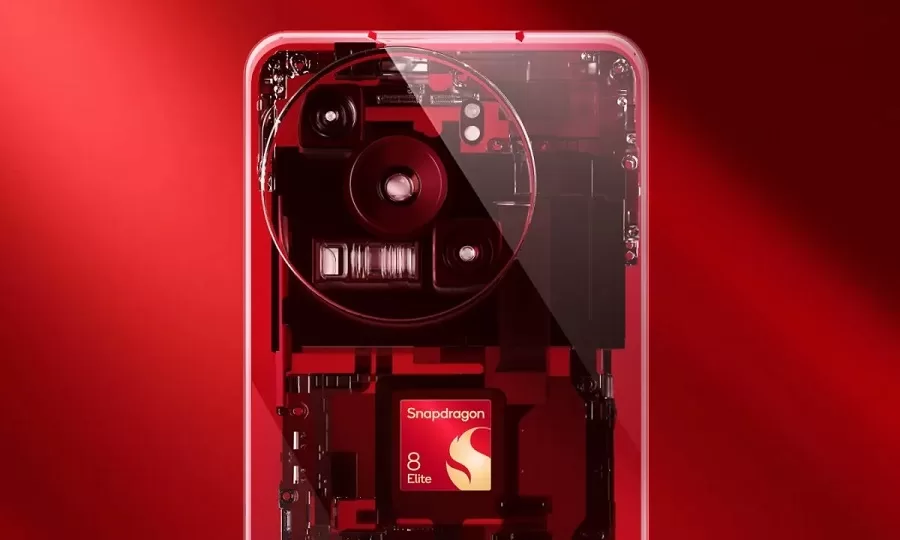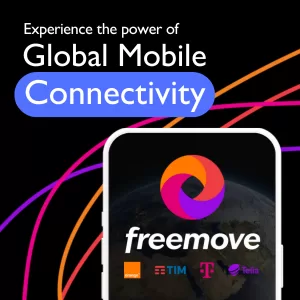Technology
Why the New Snapdragon Chip Could Make You Rethink Buying the iPhone 17

You may want to hold off on upgrading to the iPhone 17.
There’s a new Android chip coming. Which is going to make a statement and how! Qualcomm is expected to debut it in the second half of 2025. Early leaks suggest this could be the most powerful chip ever released for an Android phone.
It might even outperform Apple’s A19 Pro chip—the same one expected to run the iPhone 17 Pro models.
Three things to know right now:
- Snapdragon 8 Elite 2 may feature a CPU core clocked at 4.4 GHz. That’s the fastest mobile chip speed ever proposed.
- Apple’s A19 Pro, built on TSMC’s 3nm process, improves speed by 15% and power use by 30% over 3nm chips.
- Qualcomm’s Elite 2 chip is rumoured to integrate next-gen Pegasus cores and upgraded AI engines.
I’ve covered chip launches for over a decade. Most years, Apple stays ahead. But this year is different.
Snapdragon 8 Elite 2 is shaping up as a direct challenge.
If you’re in the UK or anywhere else and you upgrade your phone every two years, this is something to watch closely.
What’s Different About Snapdragon 8 Elite 2?
Start with speed. Qualcomm is reportedly testing a primary core that can reach 4.4 GHz. That’s faster than any chip inside current Android or iPhone models.
Speed means less lag. Smoother gaming. Better real-time editing. Lower rendering times.
The chip is also said to come with upgraded Pegasus cores. These are Qualcomm’s answer to Apple’s custom silicon performance.
On the AI side, Qualcomm plans to include a new NPU (neural processing unit). This will help with:
- On-device translation
- Voice recognition
- Predictive text
- Camera scene detection
These aren’t just gimmicks. They reduce dependence on cloud services and improve privacy.
Where Does the iPhone 17 Stand?
Apple’s A19 Pro will still be a major leap.
Built on TSMC’s 3nm architecture, it offers:
- 15% faster performance
- 30% improved power use
- 50% higher transistor density
It’s expected to focus on battery life, camera upgrades and deeper AI integration with iOS.
But it may not hit the same raw performance numbers.
Unlike Android’s open chip sourcing, Apple doesn’t make its chips available across a wide range of devices. You’re locked into the iPhone ecosystem.
Android vs iPhone: What Should You Expect in 2025?
There are a few things you should consider:
- Device Diversity: Snapdragon chips will power phones from Samsung, OnePlus, Xiaomi and others. You’ll have more choice.
- Custom Features: Android makers can fine-tune hardware around the chip. Expect custom cooling, faster displays, and AI assistants.
- Ecosystem Trade-offs: Apple offers better software-hardware integration. But if performance is your top priority, Android may have the edge this year.
Is This a Turning Point?
If the early data is accurate, Snapdragon 8 Elite 2 could reverse the usual power rankings.
Historically, Apple has led in:
- Performance per watt
- Chip longevity
- Software integration
But Android chips are improving fast. And Qualcomm’s push to match or surpass Apple’s top-tier performance is serious.
If you’re a creator, gamer or frequent multitasker, this could matter.
What Should You Do Before You Buy?
- Wait for official benchmark tests. These will come after launch, likely by Q2 2025.
- Look beyond just clock speed. Check real-world performance: photo editing, app loading, and background tasks.
- Consider battery impact. Higher speeds often mean more heat and less efficiency.
- Ask yourself: Do you need Apple’s ecosystem? Or would a powerful Android phone give you more value?
What This Means for the UK Mobile Market
UK users are price-conscious. Data from Statista shows over 40% of UK smartphone buyers consider performance as the top decision factor.
With Snapdragon 8 Elite 2, Android makers could close the gap—or even surpass Apple—without raising prices.
This could lead to:
- More contract-free devices
- Higher trade-in values for Android phones
- Shift in loyalty among younger users
Stay tuned. Whether you’re buying for work, gaming or content creation, 2025 is shaping up to be a high-stakes year for mobile performance.
Your next phone might just surprise you. And it may not have an Apple logo on it.

















































